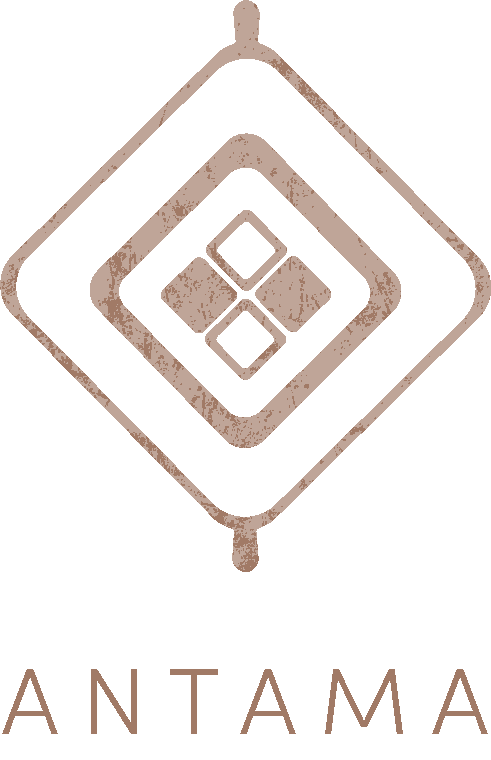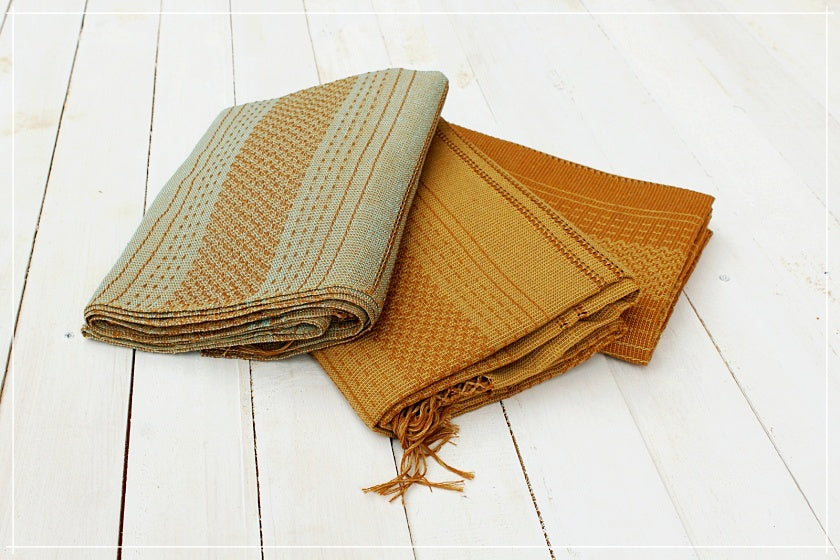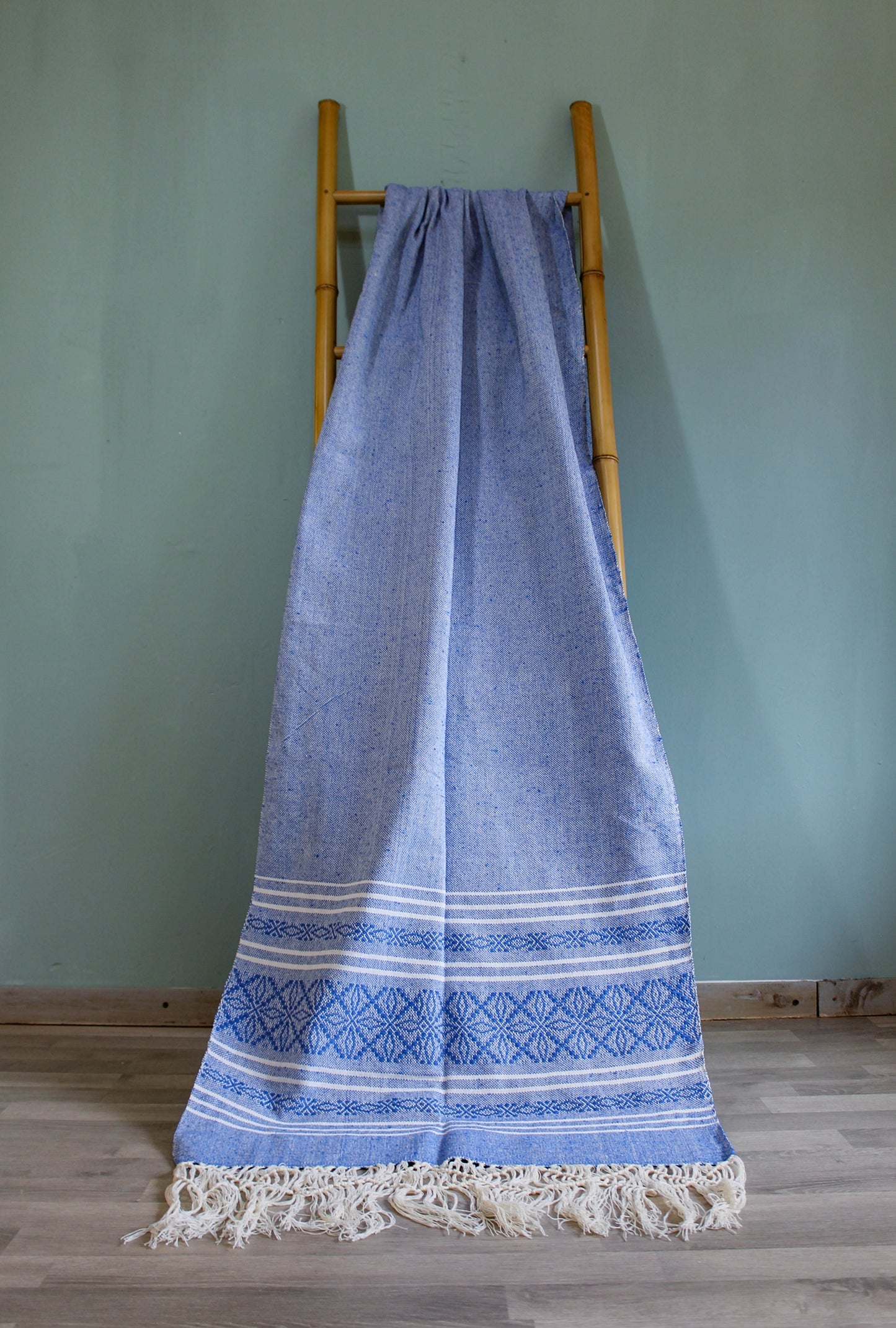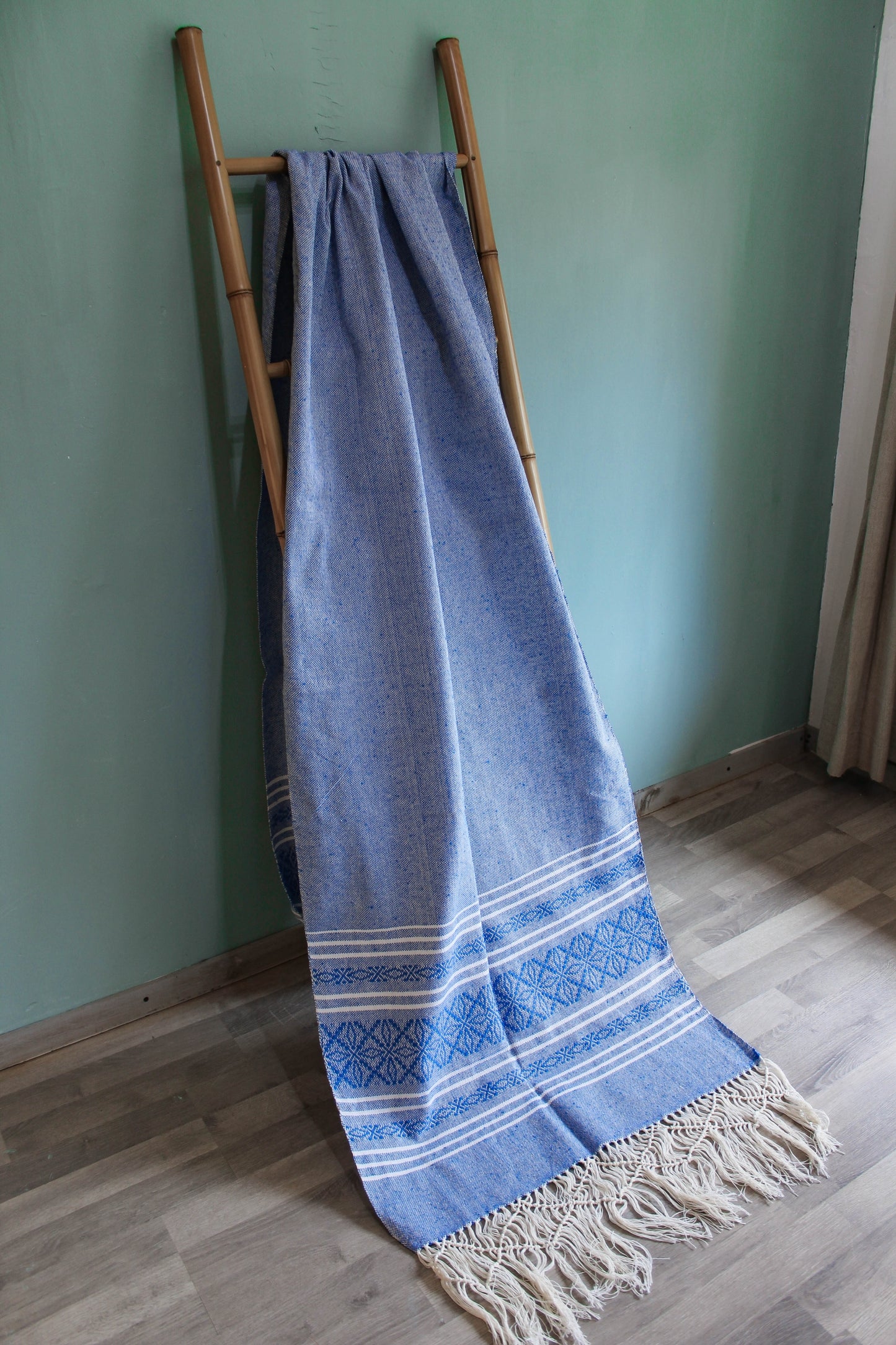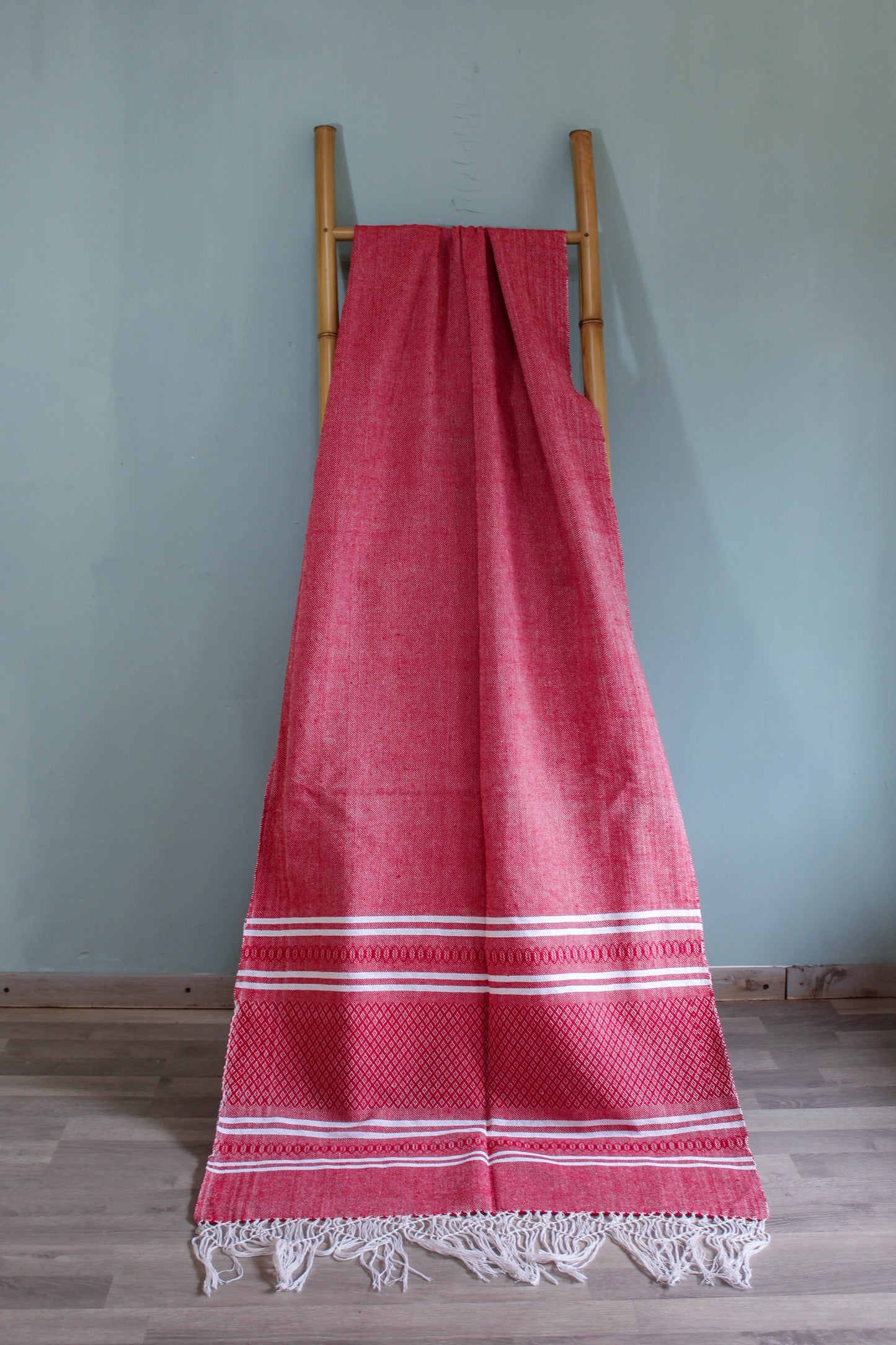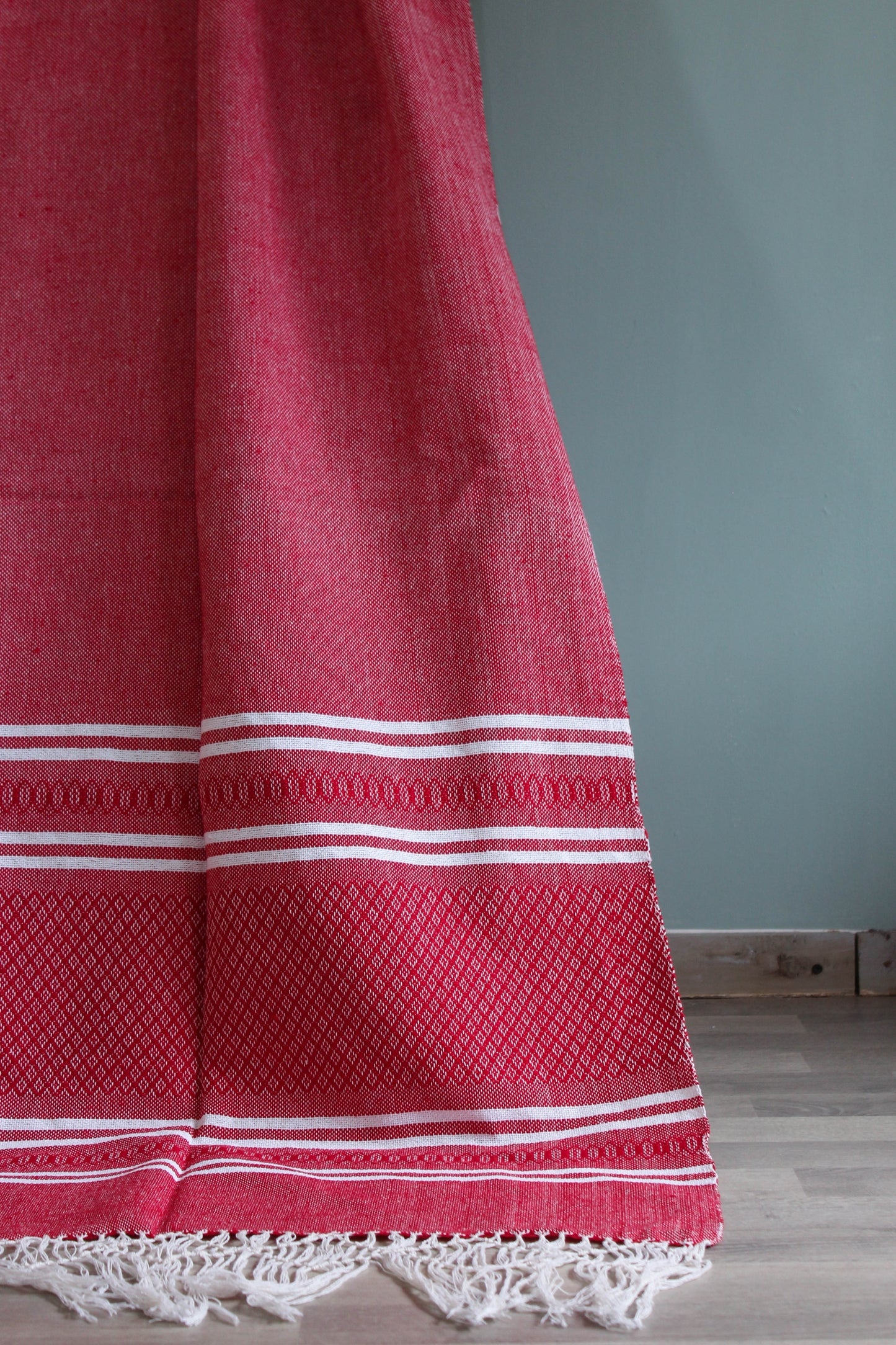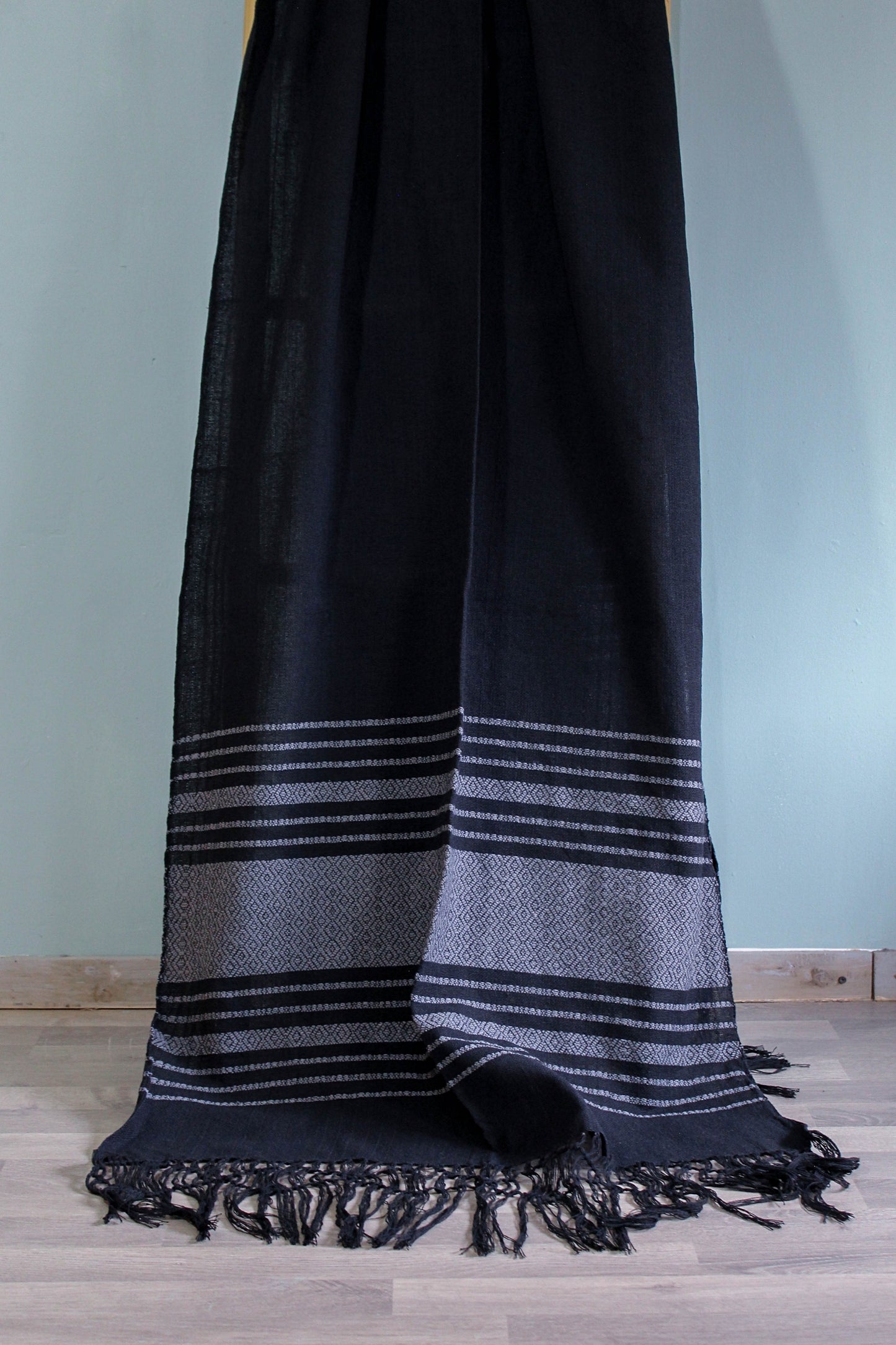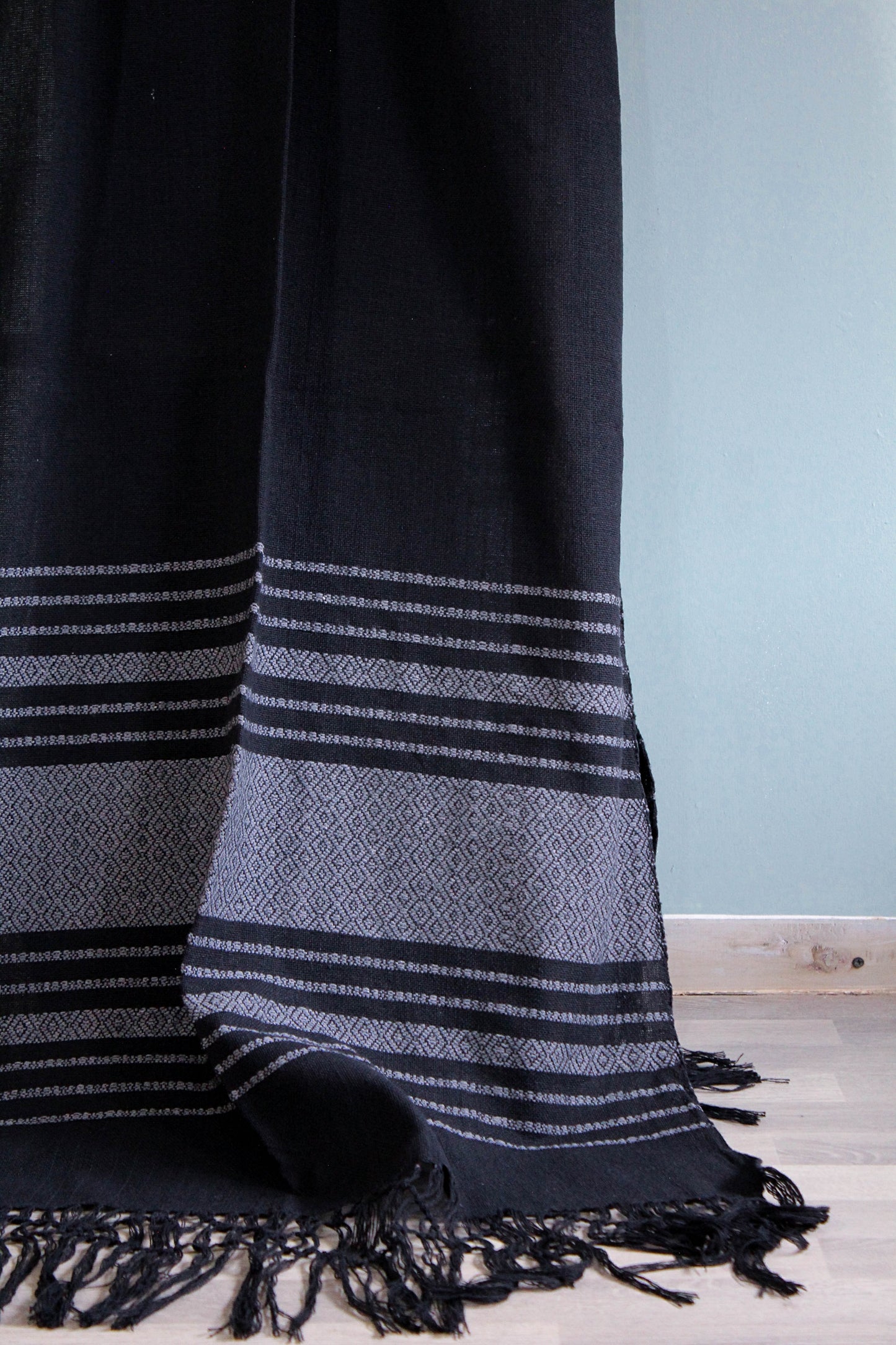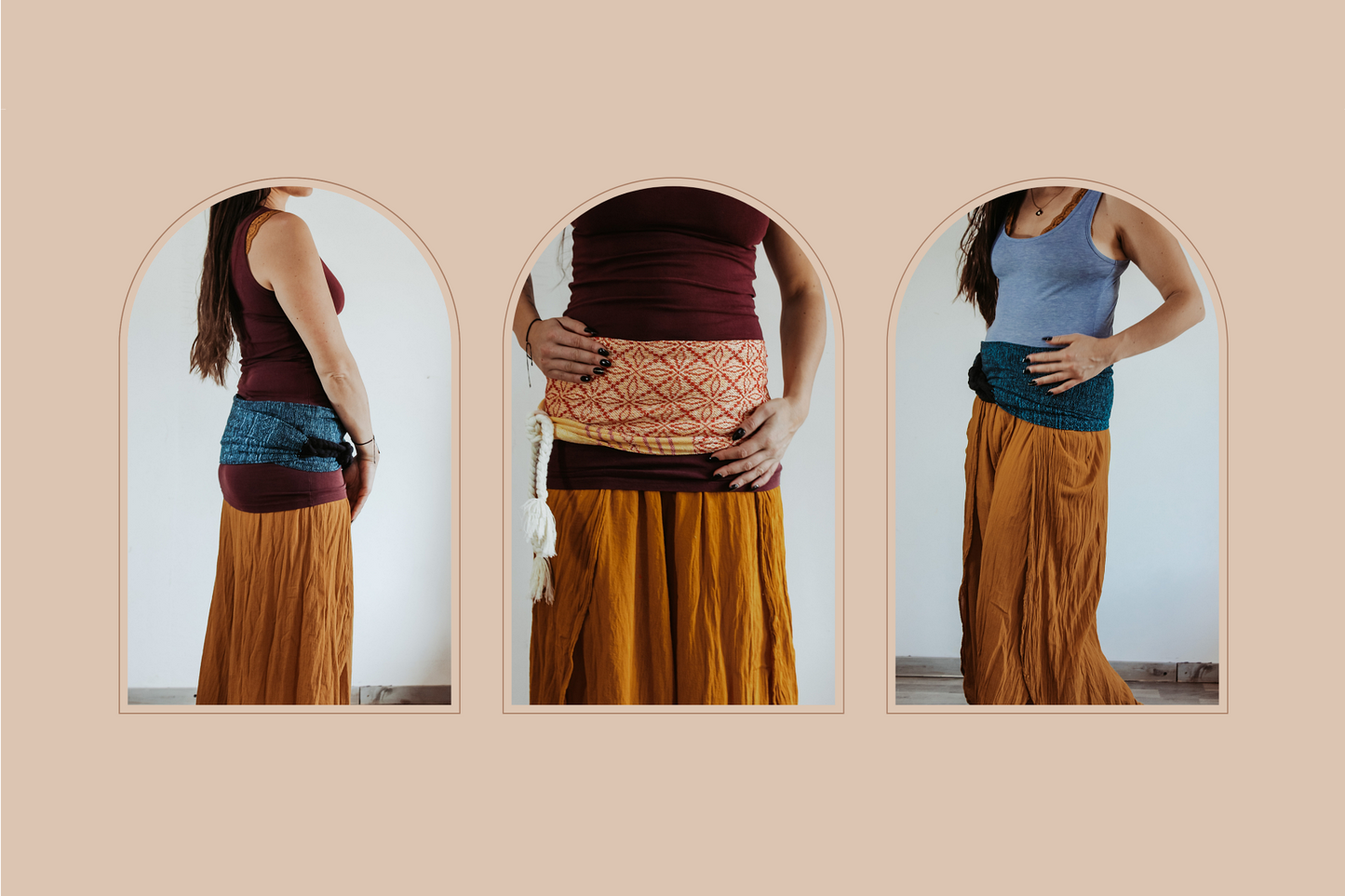
In recent years, fajas have surged in popularity as versatile and functional garments, offering a myriad of benefits for individuals of all genders. In this comprehensive guide, we will unravel the essence of fajas, explore their cultural significance, and shed light on how they can seamlessly enhance your daily routine and overall well-being.
Understanding the Concept of Fajas
Fajas, as we understand them, are garments designed to compress and shape the womb and navel area of the body. Available in various styles, fajas provide unparalleled support without restricting movement. They are crafted from flexible and breathable materials, in our case double cotton fabric, ensuring comfortable wear throughout the day.
Fajas have been used traditionally worldwide to offer extra support during pregnancy, postpartum, and even during work and prayer. They aid in both physical and energetic support. A faja can become an invaluable ally during work, menstruation, dance, postpartum, pregnancy and prayer.
Our Fajas specifically strengthen your midsection with its extra comfortable and hefty double fabric.

Exploring Their Origins and Cultural Significance
The use of fajas has deep roots across ancient civilizations worldwide. From the corsets donned by European women in the 19th century to the traditional garments embraced by indigenous communities in Latin America and Northern Europe, fajas have played a pivotal role in shaping body aesthetics and cultural identity.
All over the world, indigenous communities adopted the use of fajas, showcasing the global appeal and adaptability of these garments. Their presence in diverse cultures underlines the universality of the need for body support and contouring.
In northern European countries, Fajas were traditionally employed postpartum to provide essential support to the healing body, imparting strength to women in the agricultural society.
In the Mesoamerican culture as in old European traditions, it is common for the faja to be the part that tucks up the skirt of the traditional dresses.

The Benefits of Fajas
Fajas offer a spectrum of benefits, making them a valuable addition to your daily routine. From enhancing posture to aiding postpartum recovery and boosting self-confidence, fajas can transform your physical and mental well-being.
Supporting Core Muscles: Strengthening the Abdominal Region
Fajas act as a subtle reminder to engage core muscles throughout the day. By supporting the abdominal region, they contribute to strengthening core muscles, leading to improved stability and balance, preventing injuries, and promoting overall strength and fitness.
Alleviating Back Pain: The Role of Fajas in Relieving Discomfort
Back pain, often stemming from poor posture or muscle strain, can find relief in the support offered by fajas. The compression they provide reduces the load on back muscles, fostering comfort and functionality.
Fajas contribute to mental well-being by boosting self-confidence. The tight wrapping creates a protective sensation and brings calm to the nervous system, fostering comfort and confidence in one's body. This heightened self-assurance positively impacts mental health and overall happiness.
Fajas as Postpartum Aids
Postpartum, women find that wearing a faja aids in the healing process by offering gentle compression to the abdominal region. This support accelerates recovery, providing comfort during this delicate period.
Tummy Tucking Benefits
Pregnancy can lead to stretched abdominal muscles, resulting in a loss of tone. Fajas assist in restoring these muscles through gentle compression and boosting postpartum self-confidence.
Fajas for Postpartum Comfort
Wearing a faja postpartum provides support to weakened pelvic floor muscles.The gentle compression aids in pelvic floor support, promoting comfort and faster recovery.
Energetically, after birth the womb area remains very open. It can feel vulnerable and open as if wind is blowing through. Women describe it as if the waist can feel loose and somewhat unprotected. Fajas help here.
Obviously rebozos can be used for this too. Many of our customers report, though, that the use of a faja is much more comfortable for them, as it is thicker than a rebozo and gives a stronger support on the narrow waist area.
Many women experience periods with a lot of cramps, discomfort, very low energy and / or mood changes. Also PMS is a widespread phenomenon. Wearing a faja during those days will make a huge difference. The energetic projection of the womb through the faja and the fact that it helps to keep it warm, shifts the whole experience.

The protection Faja of Antama
The Spiritual Role of Fajas
Beyond their physical functionality, fajas can hold a deeper significance, symbolizing a connection to one's heritage, cultural identity, and personal choices. It is evident that fajas play a spiritual role in many cultures, representing a connection to tradition and personal spirituality.
In traditional Mexican practices for example fajas serve as a protective barrier for one of the most important energetic centers of the body. Particularly, the use of red-colored fajas strategically positioned above the key energetic center, the navel, is believed to repel negative energies and powers. This practice is rooted in the notion that these vibrant fajas not only shield individuals from external influences but also fortify their inner strength, providing a sense of grounding and balance. It is also common to wrap a light, breathable faja over the navel of the newborn babies to support their protection and body warmth.
Otomi women from San Pablito, Puebla wearing traditional dresses. Credit Museo Indigena.
Importance of Proper Usage: Prevention of Health Complications
While fajas offer myriad benefits, correct usage is crucial to avoid health complications. Choose properly fitting fajas that provide support without being overly restrictive, and listen to your body, avoiding extended wear if discomfort or breathing difficulties arise. Whatever you do, please listen to your body as well.
When incorporating fajas into your daily routine, prioritize factors such as proper fit and support. Be mindful of potential allergies and sensitivities, and debunk common myths to make informed choices about integrating fajas into your life.
We recommend the use of the fajas under the belly and belly button, not above it, as a support in pregnancy and postpartum for example, to support the growing womb and not creating more pressure on the pelvic floor.
Discover the tradition and support of our fajas at Antama, where every product is ethically produced, supporting life in rural Mexican areas, local community projects, and midwifery.
Find support in moments when you need an extra hug around your womb with our powerful, extra-thick faja. Ease the tensions of your hard-working body during work, menstruation, dance, postpartum, pregnancy, and prayer. Our products strengthen your midsection with their extra comfortable and hefty double fabric.
At Antama, we believe in ethically-produced, community-driven solutions. Join us in celebrating the rich tradition and practicality of fajas.
Remember to check our tutorials as well!

Vestimenta tradicional indígenas otomíes. Ilustración: Teresa Castelló, en Mapelli, 1968. T. B. Lám. XXVI. Reprografía: Marco Antonio Pacheco / Raíces
Frequently Asked Questions (FAQs)
Are fajas suitable for everyday wear?
Fajas can be worn daily, with attention to comfort and potential breathing difficulties. Regular breaks are advisable to promote proper circulation.
How long should I wear fajas each day?
Wear time varies based on individual comfort levels. Listen to your body's signals and adjust accordingly.
Are fajas recommended for men?
Yes, fajas are suitable for men, offering support for posture, athletic performance, and body contouring.
Can I wear fajas during pregnancy?
Consult a healthcare professional before wearing fajas during pregnancy to ensure safety for both mother and baby.
What should I do if my fajas feel uncomfortable?
Remove them immediately and explore different styles of wrapping or sizes for a comfortable yet supportive fit.
Note: Incorporating fajas into your daily routine offers a positive impact on posture, body confidence, and overall well-being. Understand their benefits, choose the right fajas, and prioritize safety to embrace them as a personal choice, empowering your body image and celebrating diversity. For any doubts and health questions please consult your trusted health professional first. This page is for entertainment use only.
